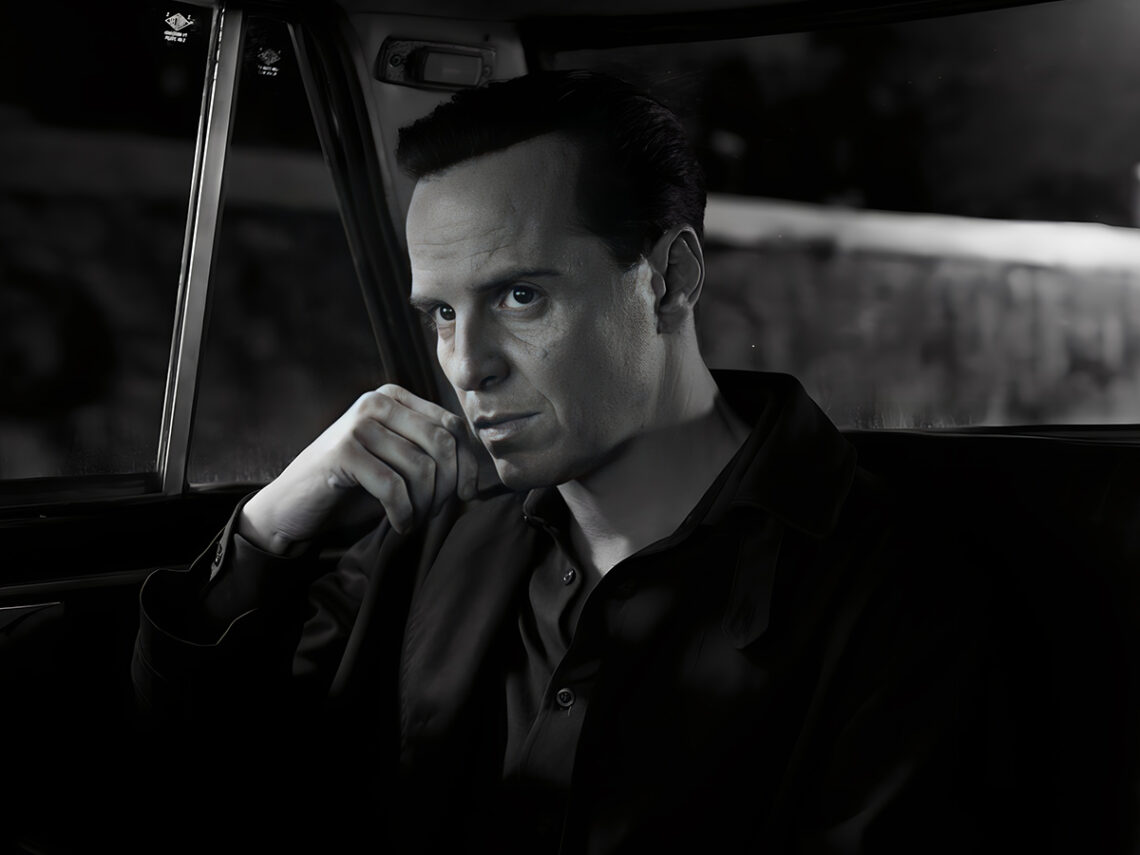The latest adaptation of Patricia Highsmith’s The Talented Mr Ripley is now streaming on Netflix. Simply titled Ripley, the Andrew Scott starrer is a lot more robust (it does get eight episodes to cover the story) yet subtle than the movie adaptation by Anthony Minghella.
The Netflix series helmed by Steven Zaillian and Minghella’s 1999 film may share the same source material, but they diverge in significant ways. Each offers its own unique interpretation of Highsmith’s classic thriller and its titular protagonist.
While Matt Damon’s Tom Ripley finds his way down a path of crime incidentally, Scott’s Tom Ripley was already a petty criminal in his life before he met the Greenleafs. Damon’s Tom is also in love with Dickie, while Scott’s Tom is sketchy about his intentions from the get-go.
Both works manage to stand on their own creative merits. However, even beyond the minor differences, the movie and series adaptations of Highsmith’s The Talented Mr Ripley differ in plenty of other ways.
Ripley vs Ripley: A battle of aesthetics
One of the most striking differences between the two adaptations lies in their visual styles. Minghella’s film dazzles viewers with its vibrant colours, capturing the allure of the Mediterranean setting and the opulence of the characters’ lifestyles.
In contrast, Zaillian’s series opts for a stark black-and-white aesthetic, harkening back to the noir elements inherent in Highsmith’s novels as well as the Italian neorealist movement. This stylistic choice not only sets the tone for the series but also underscores the moral ambiguity of its protagonist, Tom Ripley, portrayed with a lot of nuance by Andrew Scott.
Marge Sherwood: From wealthy socialite to small-town sceptic
Another notable departure from the film is the portrayal of Marge Sherwood, played by Gwyneth Paltrow in Minghella’s adaptation and by Dakota Fanning in the Netflix series.
In the film, Marge is depicted as a wealthy socialite, oblivious to the sinister intentions lurking beneath Ripley’s charming facade. However, in the series, Marge hails from small-town Minnesota and is immediately suspicious of Ripley. Despite her initial wariness, she eventually falls victim to Ripley’s manipulations as well. Fanning’s Marge is a lot closer to the book Marge.
Dickie Greenleaf: Casanova vs gentleman
The character of Dickie Greenleaf also transforms the Netflix series. Jude Law’s portrayal in the film paints Dickie as a bit of a playboy whose carefree lifestyle ultimately leads to tragedy. He even gets a local Italian girl pregnant who later kills herself—another incidental event in his life that convinces his father and the private detective he hired that Dickie could have killed Freddie and himself.
In contrast, Johnny Flynn’s portrayal of Dickie is more nuanced. While still privileged and tremendously naive, this version of Dickie is portrayed as kind, generous, and gentle, complicating the dynamics between the characters even further.
Missing Characters
Furthermore, certain characters from the film versions are notably absent in the series. Peter Smith-Kingsley and Meredith Logue, portrayed by Jack Davenport and Cate Blanchett, respectively, in the 1999 film, do not appear in Zaillian’s adaptation.
Instead, the focus remains squarely on Ripley and his interactions with the core characters, allowing for a more intimate exploration of his psyche. If anything, Andrew Scott’s Ripley can also be interpreted as more asexual than gay, as portrayed in the film.
The fate of the Ripleys
Finally, Tom Ripley’s fate diverges slightly between the series and the film. In Minghella’s adaptation, Ripley murders his paramour, Peter, to avoid getting caught by Meredith and her family, who all happen to be on the same cruise.
In the series, Inspector Ravini realises Tom was pretending to be Dickie all along when he sees Dickie’s photo in Marge’s book, My Atrani’s dedication section. The curtains fall before we can determine if this sets off a chain of events that ultimately leads to Tom’s capture or downfall. However, we can assume Tom does not meet a happy end if we go by all the foreshadowing done by his obsession with Caravaggio, a man who was sentenced to death for murdering someone and then fleeing the city.
